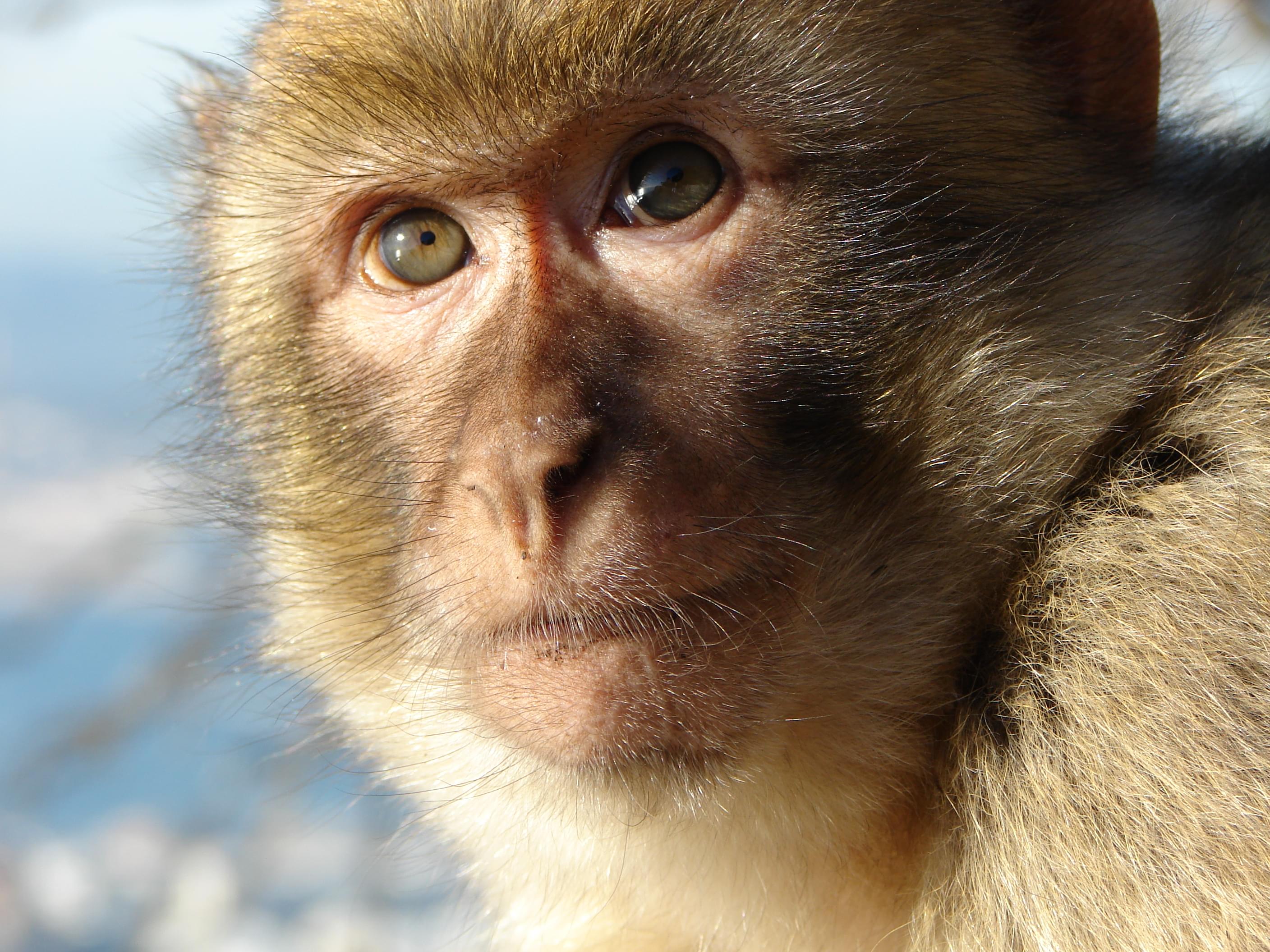More than 20 years after the famous Dolly the Sheep was born in the Roslin Institute, Edinburgh, scientists from the Chinese Academy of Sciences Institute of Neuroscience have successfully cloned primates for the first time. The long-tailed macaques, named Zhong Zhong and Hua Hua were cloned using the same technique used with Dolly: somatic cell nuclear transfer technique (SCNT).
This technique involves the taking of DNA from one cell, the mother cell, and transferring it into another cell that has been emptied of DNA. The result is that the new cell has the same DNA as the mother cell. This new cell is then encouraged to develop into an embryo using pulses of electricity, before being inserted into a surrogate animal, in this case the long-tailed macaque. Genetic programming was also required to alter genes that prevented the embryo from developing. The macaques were cloned using foetal cells, a departure from the mammary gland cell that was used to clone Dolly.
On paper, SCNT seems straightforward and easy. However, the experiment did not come without difficulties. The scientists attempted the experiment 79 times before successfully forming Zhong Zhong and Hua Hua. Dr. Qiang Sun, who spearheaded the project, was quoted saying, “We tried several different methods, but only one worked. There was much failure before we found a way to successfully clone a monkey.”
The scientists hope that the cloning of these primates will allow them to use the cloned animals as a model in the research of human diseases that have a genetic basis, most notably among these are cancers and various immune and metabolic diseases.
The birth of Zhong Zhong and Hua Hua is met with the same criticism and controversy as the birth of Dolly did 20 years ago, and perhaps understandably so. Concerns are being raised that we are, once again, one step closer to cloning a human being. Since the birth of Dolly, various other mammals have been cloned using SCNT, such as cattle, pigs and cats.
A rhesus monkey was even successfully cloned in 1999 using a different technique called Tetra. But Zhong Zhong and Hua Hua are the first primates to be cloned using the technique. However, Professor Robin Lovell-Badge from the Francis Crick Institute of London is quick to dispel any science fiction-cultivated ideas that involve the cloning of humans. He criticised SCNT as a “very inefficient and hazardous procedure,” and emphasised that “the work in this paper is not a stepping stone to establishing methods for obtaining live born human clones.”
Not only has concerns been raised in terms of human cloning, but notable scientists, such as Professor Darren Griffin from the University of Kent, have also been vocal of the ethical consequences of the experiment. He warned that “careful considerations now need to be given to the ethical framework under which such experiments can, and should, operate.”
Criticisms and concerns aside, one cannot deny that what these researchers achieved was no mean feat. It is possible that their accomplishments today will someday lead to breakthroughs in human diseases, possibly saving thousands of human lives.







